In the past few decades, specialty stores have become less popular and big box stores that offer a wide variety of products have thrived. Customers no longer value stopping by several stores when they could order everything online from a single retailer or stop by a single shop.
This trend has led to the closure of thousands of small businesses and even large corporations that only offer specific products. Now, in 2024, hundreds of popular pharmacies are closing their doors for good.
The Retail Landscape Has Changed Forever
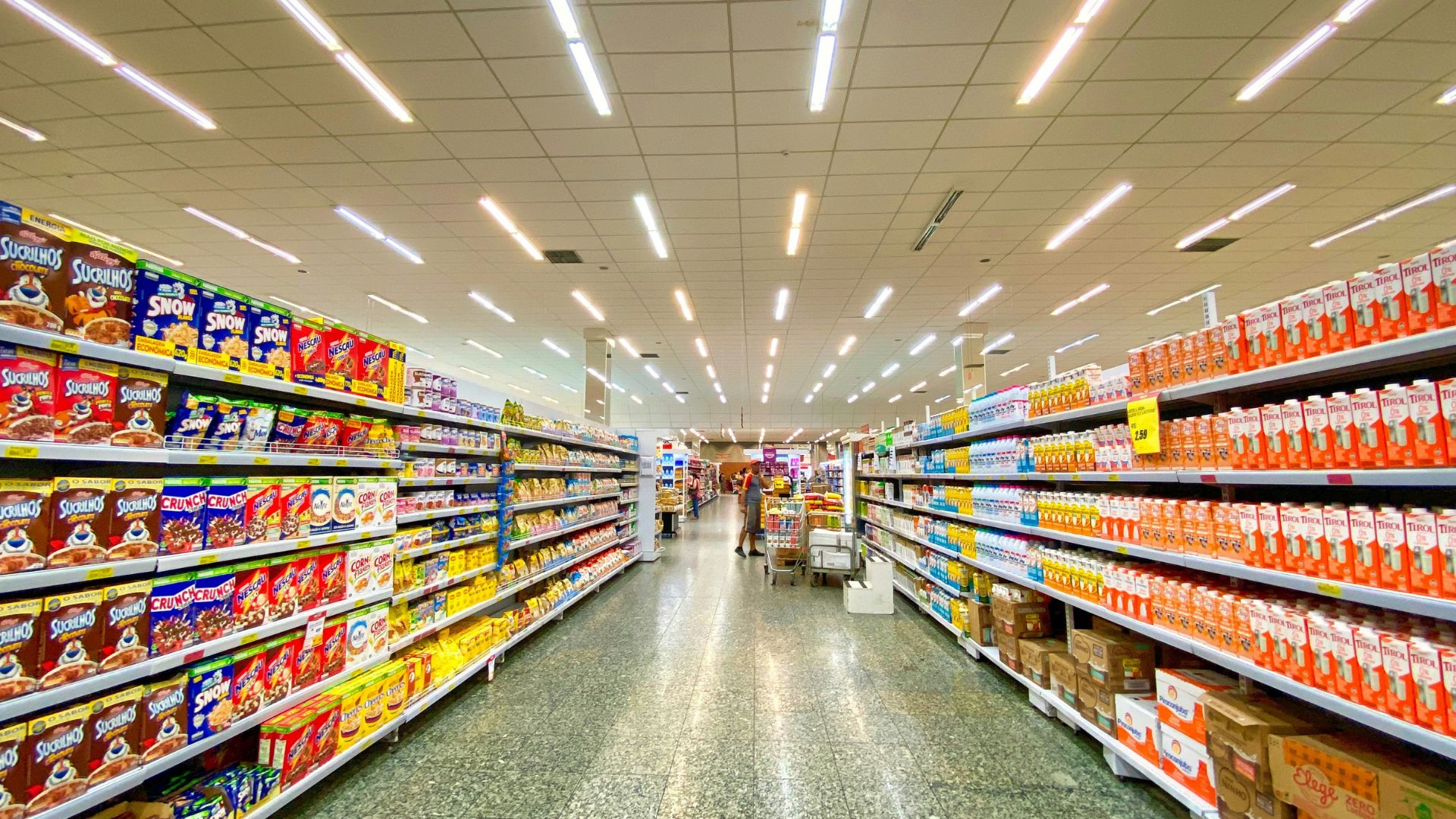
Due to the modernization of stores and shopping, retail has struggled to keep up with giants like Amazon and Walmart.
Smaller grocery stores, retail shops, and drug stores have gone out of business all around the country. Instead of leaving a gap in the market for new brands to move in, customers seem to be leaning even more heavily on big box stores.
The COVID-19 Pandemic Drastically Affected the Retail Industry
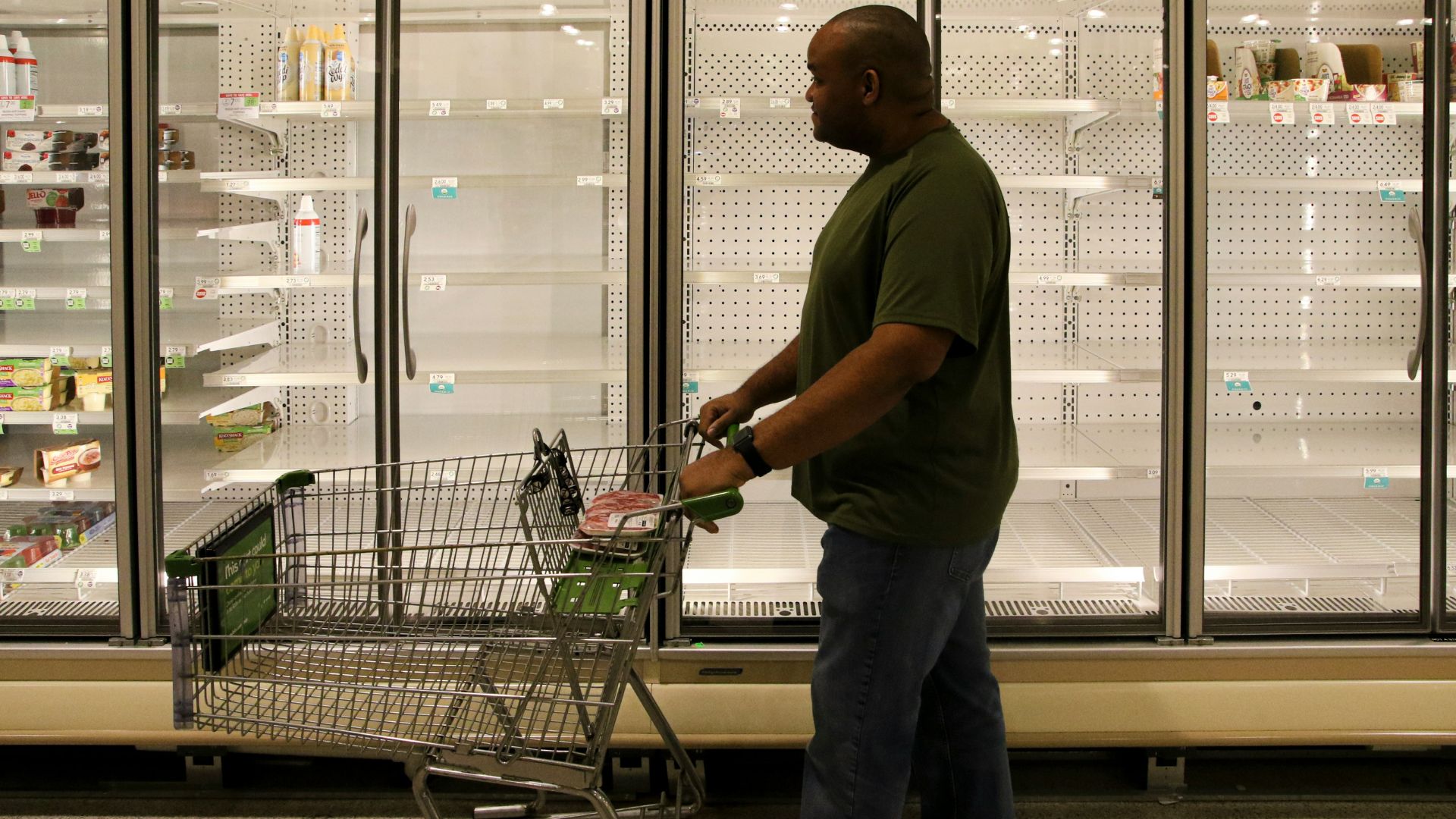
While the whole world was affected, small shops arguably faced the most issues during the COVID-19 pandemic.
Millions of Americans stayed home for weeks and even months, buying the vast majority of their necessities online. Therefore, stores without a strong online presence or delivery options were forgotten.
The Pandemic Significantly Increased American Inflation

Additionally, the pandemic led to a drastic increase in inflation, meaning Americans were paying more for products than ever before.
As smaller stores have always had to charge more for products that the big-name companies, many Americans simply had to switch to box stores in order to ensure they didn’t spend more than they were earning.
Retail Theft Increased During the COVID-19 Pandemic

Because of the ever-growing cost of living in the United States, retail theft increased significantly during the COVID-19 pandemic.
In fact, the National Retail Association reported that because many people were out of work, police were hesitant to make arrests and confine shoplifters to close quarters, and products were more expensive, shoplifting became quite common practice around the country.
The Problems of the COVID-19 Pandemic Have Continued Into 2024
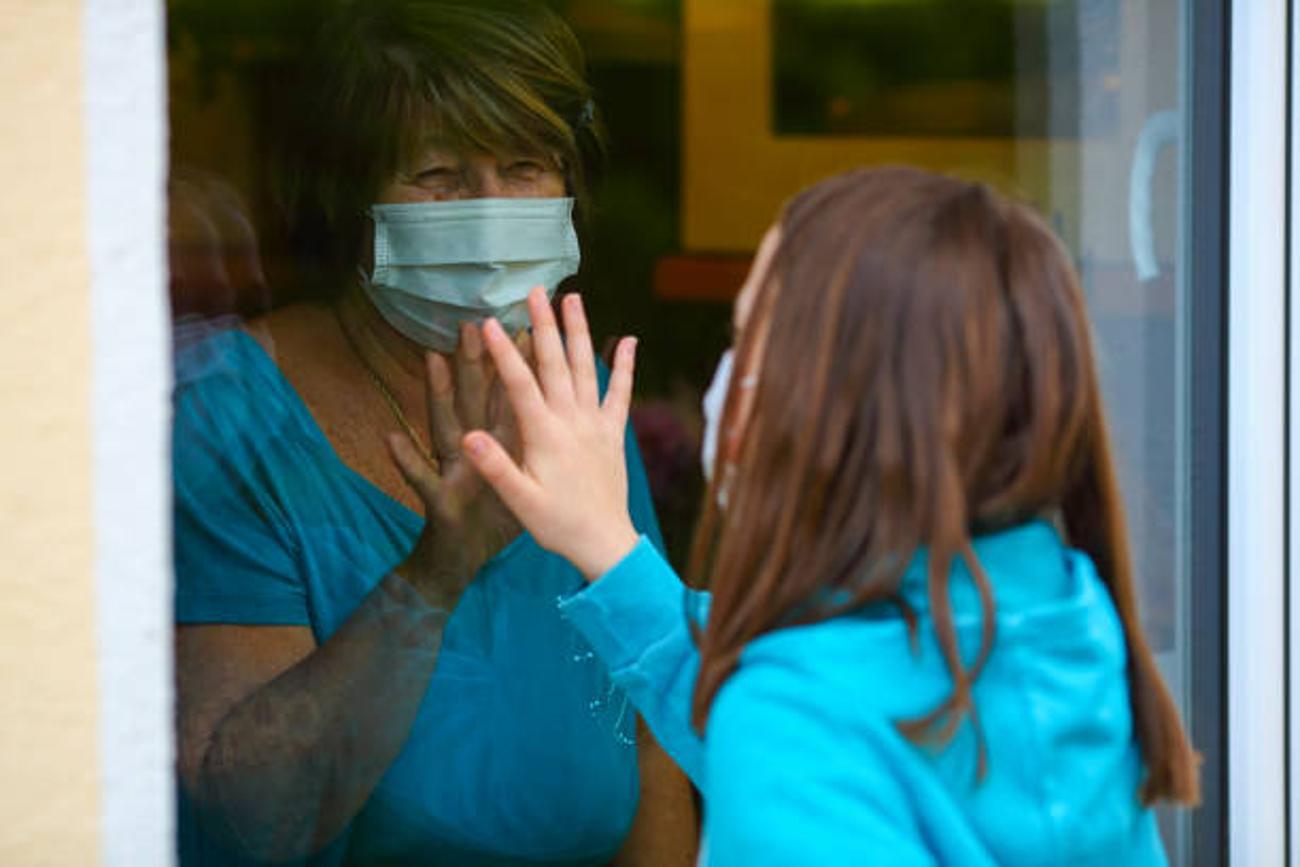
Unfortunately, the various problems for retailers posed by the COVID-19 pandemic have not subsided now that the lockdown is over.
The cost of living is still exceptionally high, smaller stores still have to charge more than big box chains, and retail theft is still at an all-time high.
Walgreens Feels the Squeeze
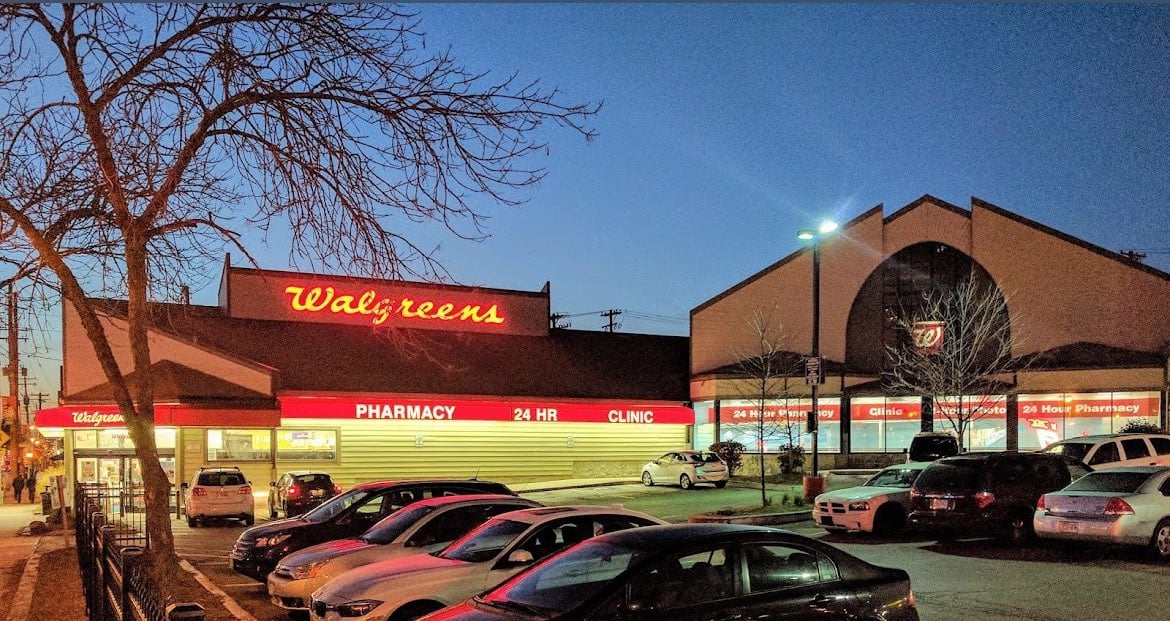
Walgreens, a popular national pharmacy retailer, has noticed all of these issues over the past few years, and now it is finally admitting defeat.
Executives for the brand say that they have been particularly hard hit by retail theft and organized retail crime.
Locking Up Products Has Pros and Cons
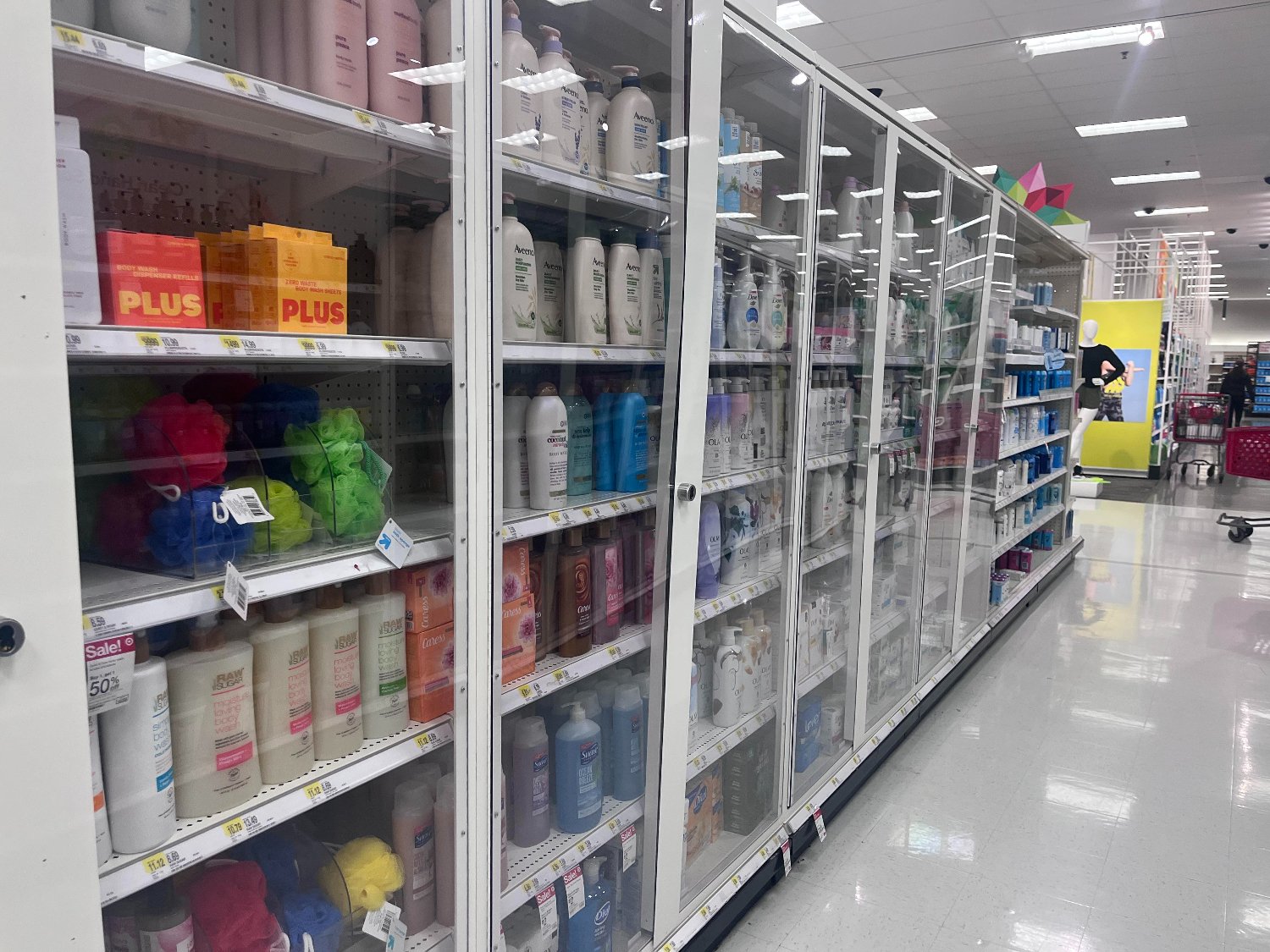
Many stores have decided to lock up essential items and commonly stolen products.
However, while this practice saves Walgreens and other companies money on theft, it also makes it more difficult for customers to shop and deters them from shopping in these stores.
Walgreens Also Suffered From Bad Business Dealings

In addition to the rise of theft in stores, Walgreens also faced significant losses from poor business dealings.
The company began a partnership with Village MD, a standalone clinic attached to hundreds of Walgreens locations. Unfortunately, the partnership forced the pharmacy to take a $6 billion loss as the primary care clinics went under.
More Store Closures Expected
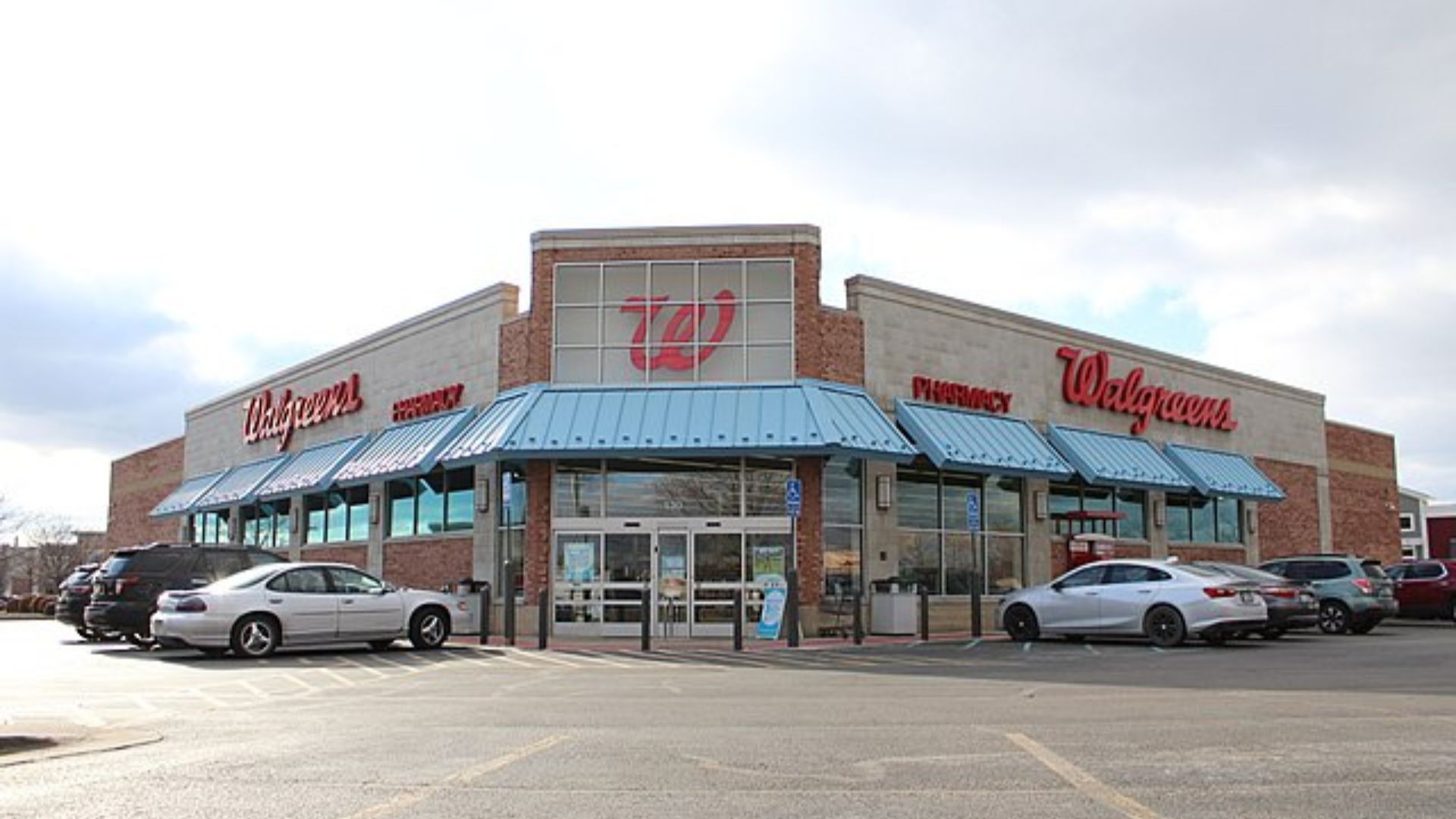
Aside from the 15o locations closed down due to the poor venture with Village MD, the company will also be shutting down independent locations.
On a Q3 earnings call, CEO Tim Wentworth told analysts, “We’re at the point where the current pharmacy model is not sustainable and the challenges in our operating environment require we approach the market differently. We are in active discussions … to align incentives and ensure we are paid fairly.”
Only Three-Quarters of Stores Are Profitable

Just three-quarters of stores in the United States provide 100% of Walgreens’ annual earnings. This abysmal earnings potential for hundreds of locations means the company will likely shed 25% of brick-and-mortar locations.
Walgreens currently has over 8,600 storefronts throughout the country. Closing 25% of stores would mean up to 2,150 locations with thousands of employees laid off.
Execs Can’t Make the Numbers Work

Walgreens’ CEO, Time Wentworth, added that the chain cannot sustain the high prices forced by inflation and increased costs associated with shipping and logistics. They’re going to need to make drastic changes to improve profitability.
He said, “75% of our stores drive 100% of our profitability today. What that means is the others we take a hard look at, we are going to finalize a number that we will close.”
Consumers Are Unhappy With High Prices

Most shoppers have noticed that their grocery bills and prices for essential items have increased substantially over just the past few years. So, Walgreens knows that the high costs are forcing many consumers to cut down on even essential items.
“The consumer is absolutely stunned by the absolute prices of things, and the fact that some of them may not be inflating doesn’t actually change their resistance to the current pricing,” he said. “So we’ve had to get really keen, particularly in discretionary things.”
Most Under-Performing Stores in Downtown Areas
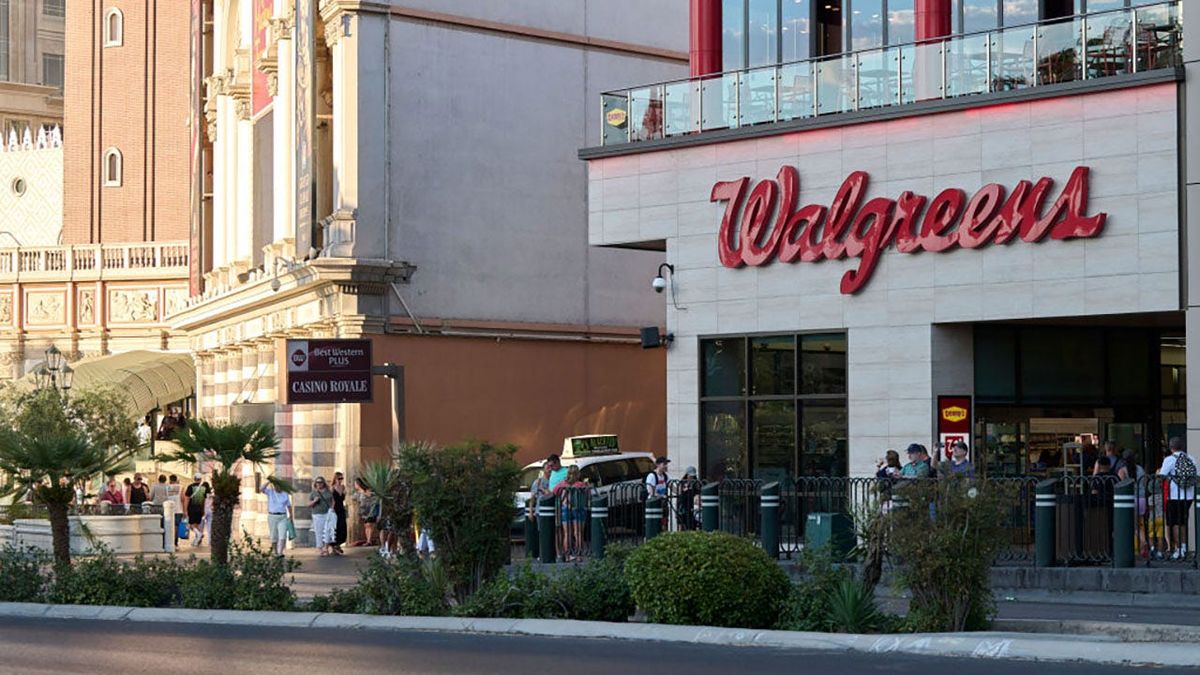
Interestingly, most of the Walgreens stores suffering from losses are actually in the busiest areas.
That’s because stores in downtown areas are much more expensive to run, as they need additional staff and occasionally increased security. Stores in downtown areas are also much more susceptible to theft and shoplifting, which is one of the biggest causes of company losses.
The Brand Will Push Online Sales
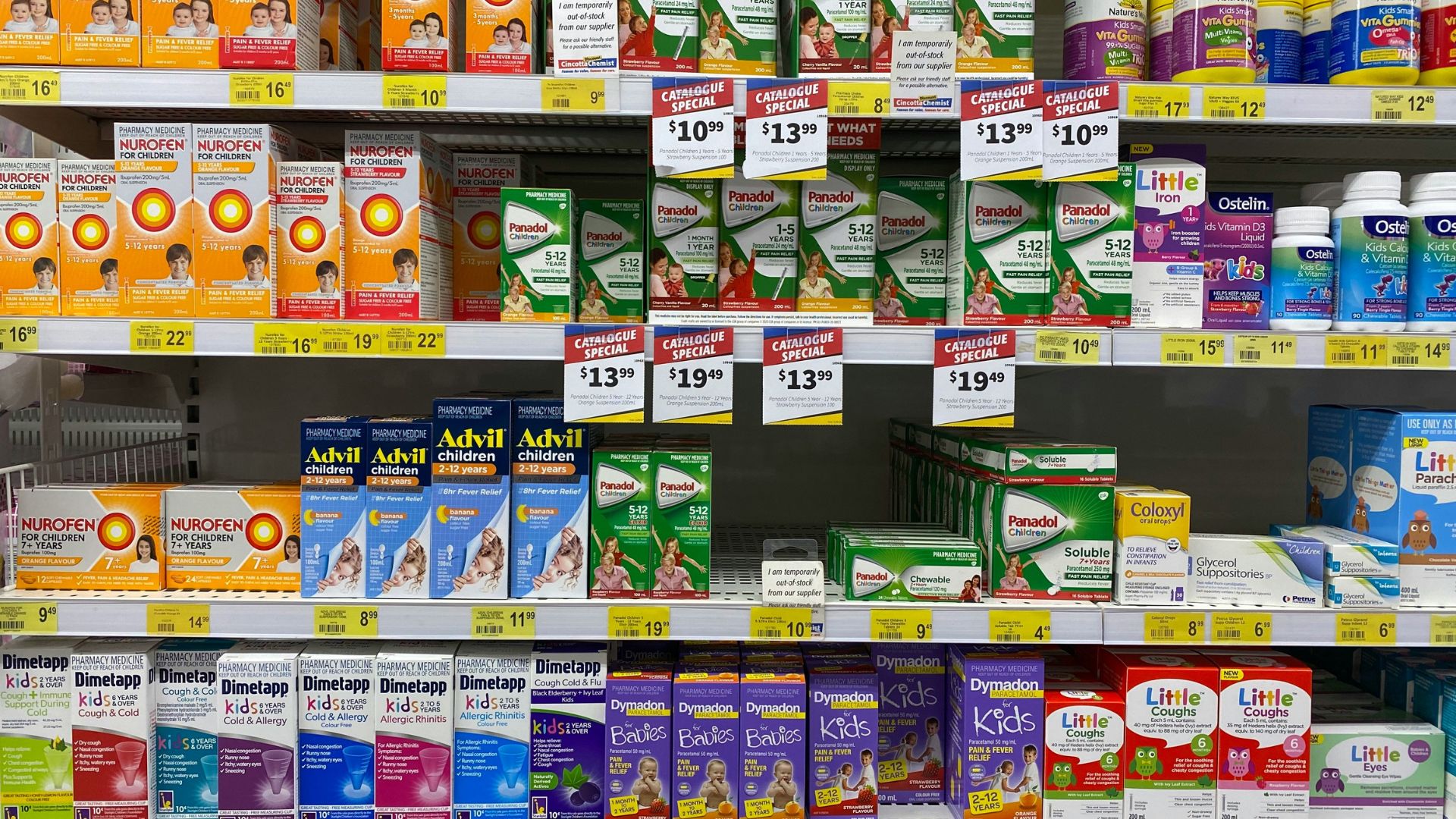
Instead of losing money on physical retail locations, the company has decided it will increase their efforts to improve online sales.
Online shopping is a guaranteed way to remove shoplifting and avoid paying minimum-wage employees. Walgreens hopes that it can increase profits as under-performing stores are shut down.
Walgreens Certainly Isn’t the Only Pharmacy Retailer in Trouble
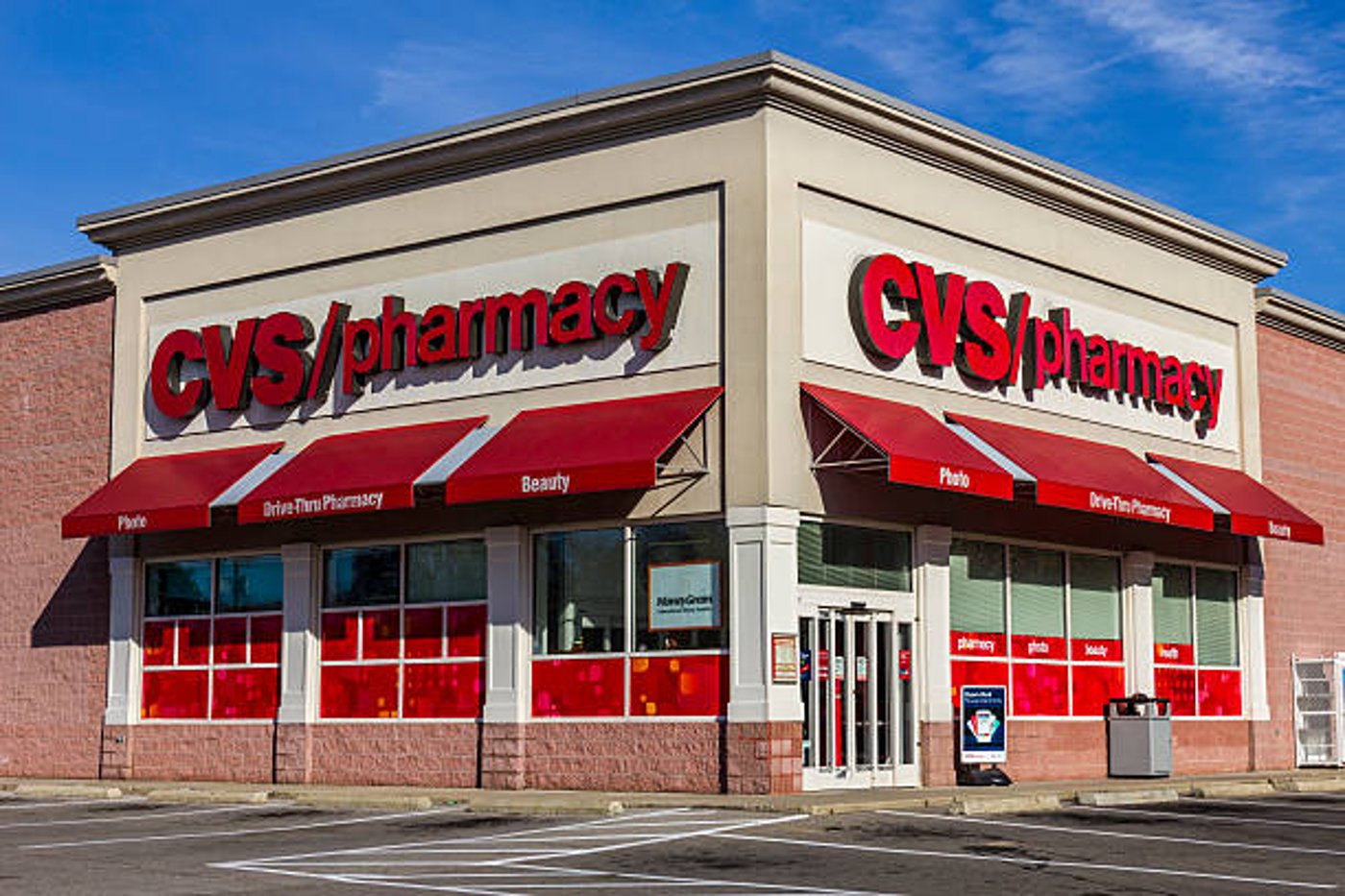
Of course, Walgreens isn’t the only pharmacy retailer having to reassess its business model and close down dozens or even hundreds of stores.
CVS recently announced that it will also close more than 300 storefronts in 2024 and an additional 600 stores will be closing in 2025.
CVS Is Simply Seeing Less Customer Traffic Than Before

A CVS spokesperson explained that their decision to close nearly 10% of all brick-and-mortar stores is based on consumer patterns more than anything else.
Amy Thibault explained, “[the closings] are based on our evaluation of changes in population, consumer buying patterns and future health needs to ensure we have the right pharmacy format in the right locations for patients.”
Rite Aid Has Closed 431 Stores

Another beloved American pharmacy company, Rite Aid, has been struggling to stay afloat over the past several years.
The brand has shuttered 431 stores nationwide since October 2023 and has already announced that dozens more will likely close next year.
Rite Aid Has Filed for Bankruptcy to Stay Afloat

In fact, Rite Aid’s situation is so dire that the company actually filed for Chapter 11 bankruptcy in October 2023.
They hope that by filing for bankruptcy and closing hundreds of stores, they will be able to stay afloat and, eventually, start turning a profit again. However, experts are unsure if they will be able to come back from this.
How Will Pharmacy Closures Affect Americans?
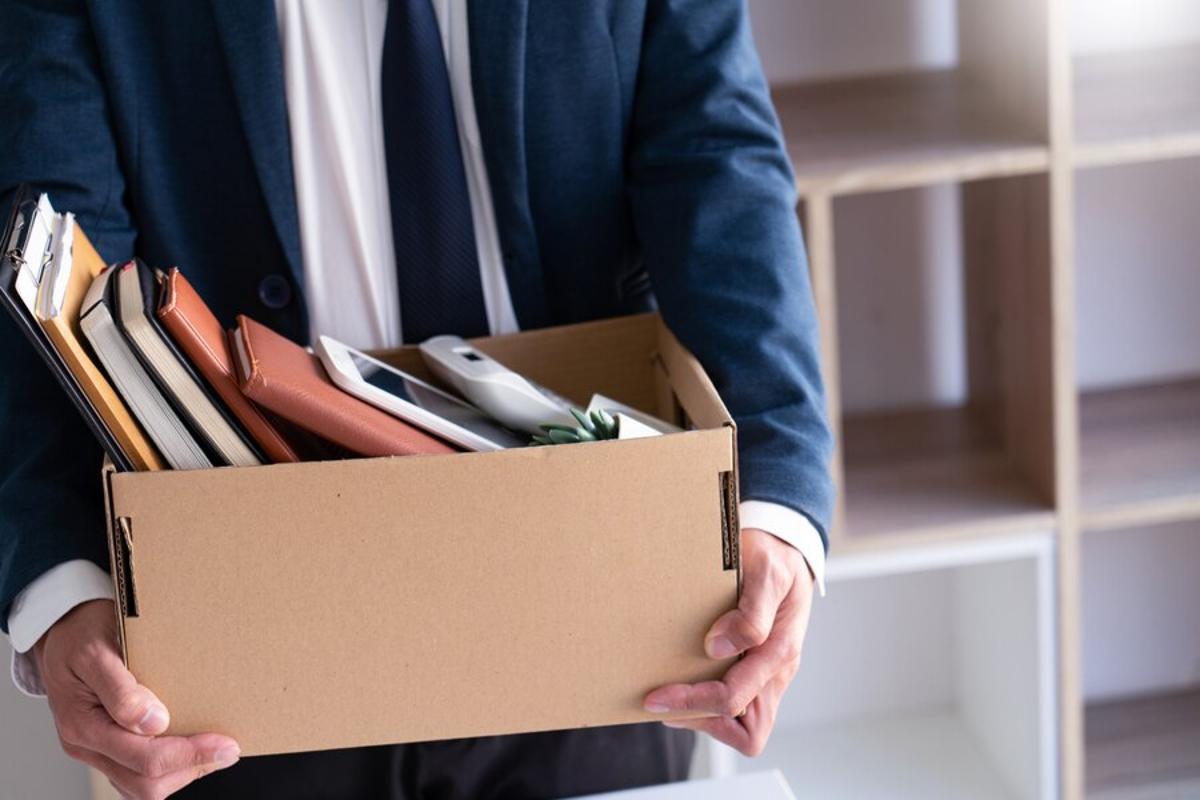
There’s no doubt that the closing of thousands of pharmacies, between CVS, Walgreens, and Rite Aids’ closures, will affect millions of Americans.
First, tens of thousands of people will lose their jobs. One report stated that more than 5,000 CVS employees will be let go between 2024 and 2025, thanks to their proposed closures.
Where Will Americans Fill Their Prescriptions?

The second, and equally valid concern, is that millions of Americans will have far fewer places to fill their prescriptions.
Although large retailers like Walmart and Costco have pharmacies (hence the struggle for smaller stores to stay viable), these stores aren’t available on every street corner.
The Dangers of Fewer Local Pharmacies

For some Americans, their local Walmart can be quite a drive away. These mega-stores are usually built outside of the town center since they take up so much space.
Some elderly Americans or others who don’t drive could find it difficult to get their prescriptions filled if their local pharmacy is shut down. Even those who do drive could find themselves in a dangerous situation if they need their medication right away.
The American Economy Is Already in Trouble

The sad truth is that the American economy is in real trouble. Inflation and theft are still extremely high, and as small stores are forced to close, things are only going to get worse.
According to one report, small businesses circulate more than three times the amount of money that large chains do into the local economy. In other words, small businesses, or even smaller businesses, are absolutely essential to the American economy.
Will Smaller Businesses Ever Recover?
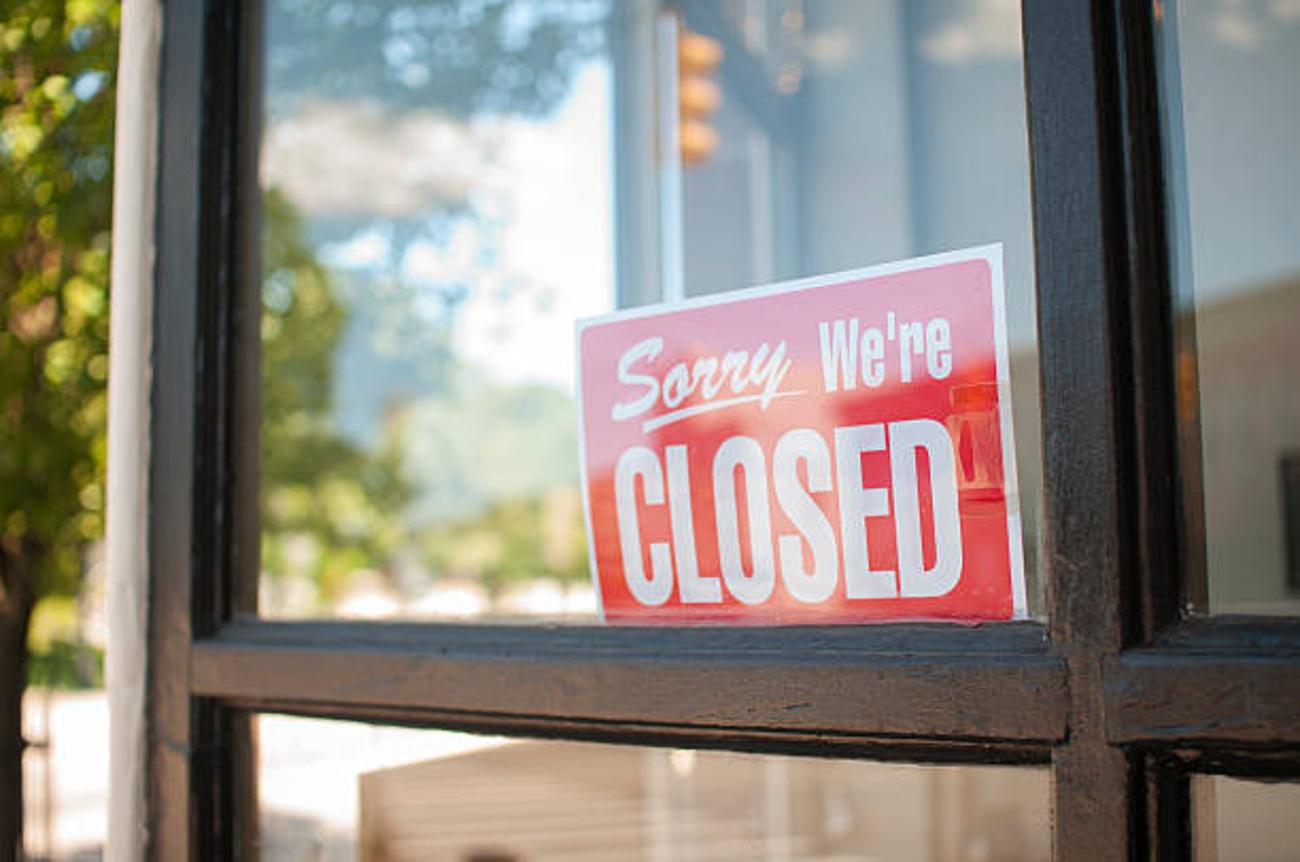
Some say that in order for the US economy to bounce back and for smaller businesses to thrive once again, consumers have to change the way they shop.
However, as prices are currently so high, millions of Americans simply cannot afford to buy anything except the cheapest possible option. Until the cost of living comes back down, small businesses will continue to suffer.








































